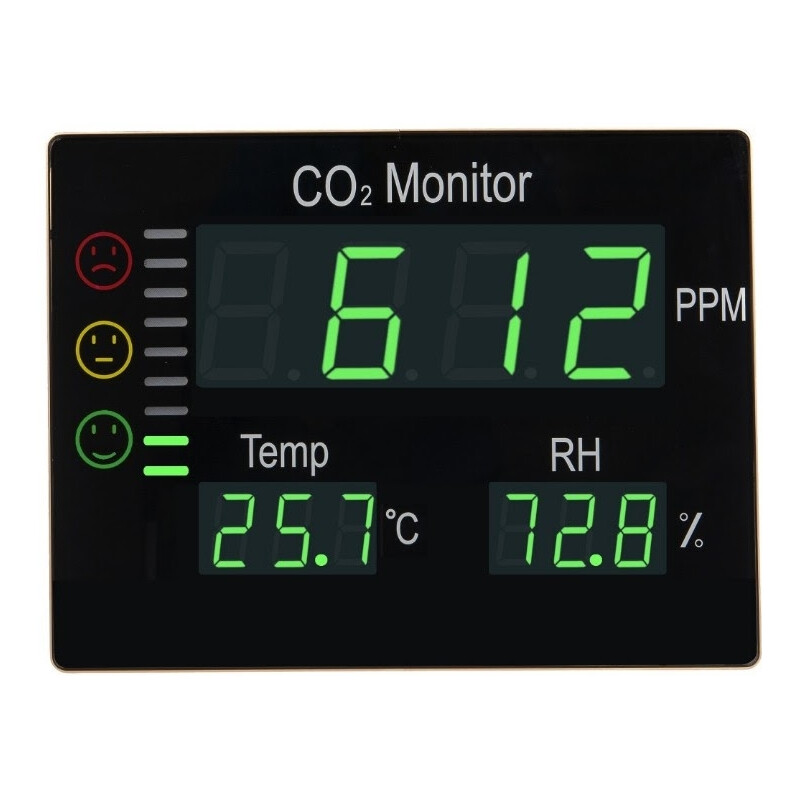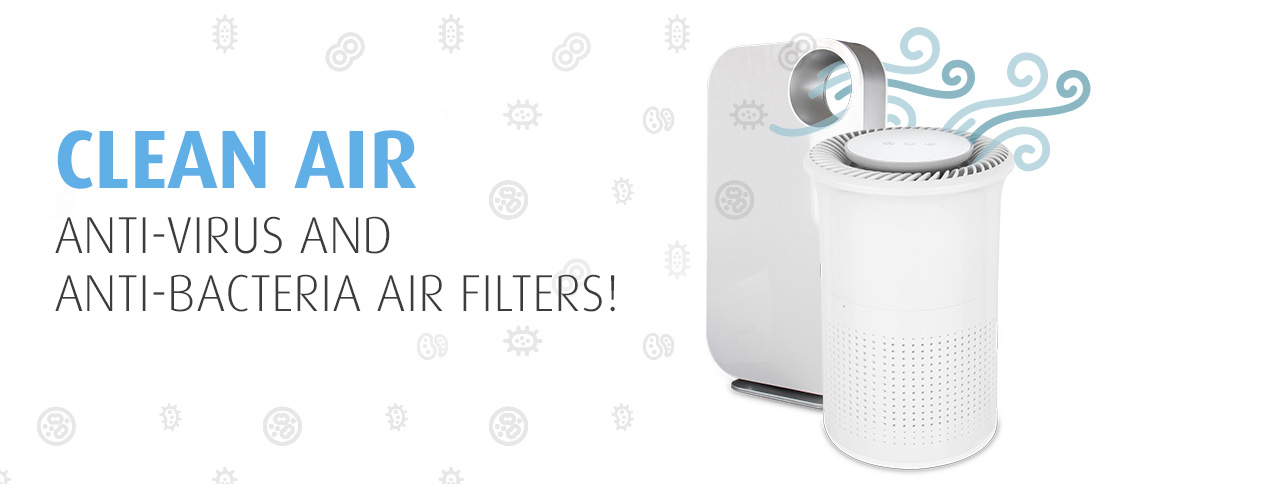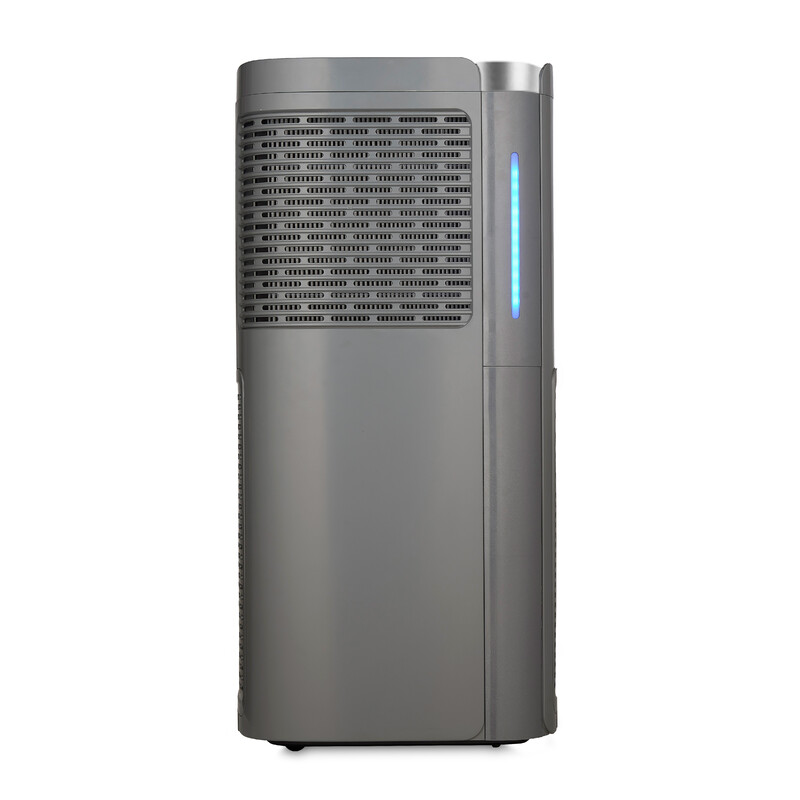During the colder seasons, we spend more and more time in enclosed spaces, therefore increasing our risk of contracting viruses.
It only takes a short amount of time for us to lose our ability to assess air quality as we adapt to smells. This increases the importance of counteracting this.
Significantly reduce the risk of infection due to SARS-CoV-2 / Covid19 (Coronaviruses) and other viruses by using ambient air filters with Hepa H13 filter systems and CO2 monitors.
Air filters reduce aerosols in the ambient air.
SARS-CoV-2 / Covid19 and other lower respiratory illnesses are transmitted via aerosols/water droplets, amongst other things. Air purifiers with class H13 HEPA filters can filter these minute particles out of the ambient air and therefore significantly reduce the risk of infection. A combination of regular ventilation and air purifiers with class H13 “High Efficiency Particulate Air Filters” HEPA filters is the best way to reduce the risk of infection in enclosed spaces. H13 HEPA filters remove minute aerosols (<5µm) from the air and improve air quality. CO2 monitors can also be used to support ventilation.
According to estimates, the risk of a person in a room becoming infected with SARS-CoV-2 / Covid19 (coronaviruses) due to the presence of a superspreader is reduced sixfold by using air filters with H13 HEPA filter technology.
Monitor and improve the air quality in your office, your flat, the classroom, etc, using the following measures:
- Proper and regular ventilation / cross ventilation
- CO2 monitors which support your ventilation
- Air purifiers / air filters with H13 or H14 “High Efficiency Particulate Air Filter” HEPA filters
Calculating the filter output for your room:
The ambient air filter should be able to filter the entire volume of air in the room at least 2x per hour in order to considerably reduce the concentration of aerosols and particulates. It is easy to work out the filter output you require:
To calculate the volume of your room, and therefore the volume of air, multiple the room’s length x breadth x height. Multiply this result by 2 and you have calculated the filter output in m³/h for your room.
Example:
Length: 5m, width: 4m, height: 2.5m
5m x 4m x 2.5m = 50m³
50m³ x 2 (per h) = 100m³/h
For classrooms / schools or other spaces where groups of people gather, we recommend calculating the air purifier’s output at 5 to 6 times the volume of the room.
Example:
For a room with a volume of 50m³, the air purifier used should have a minimum output of 300m³/h.



